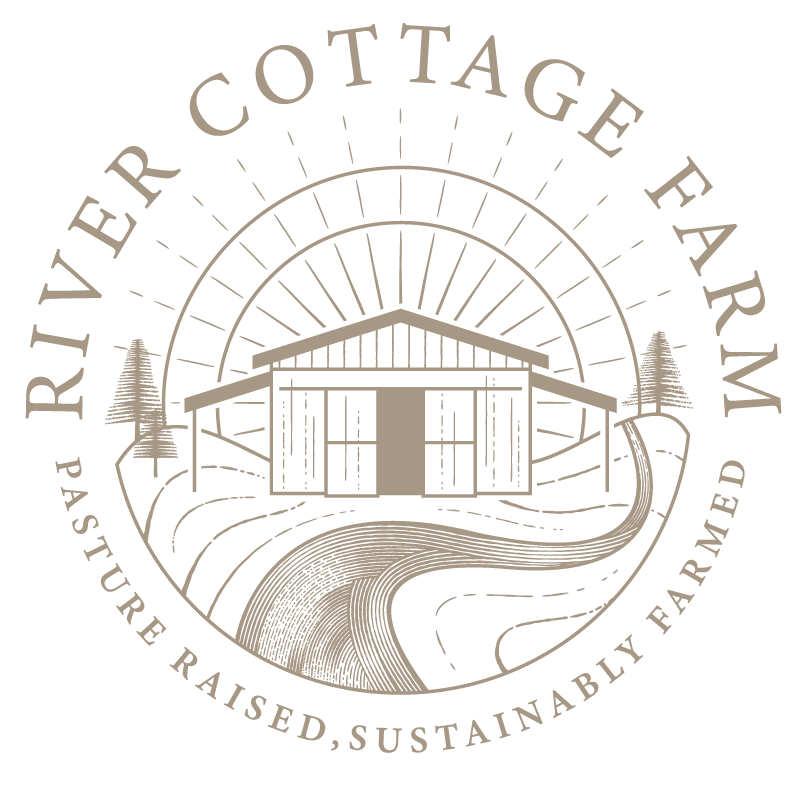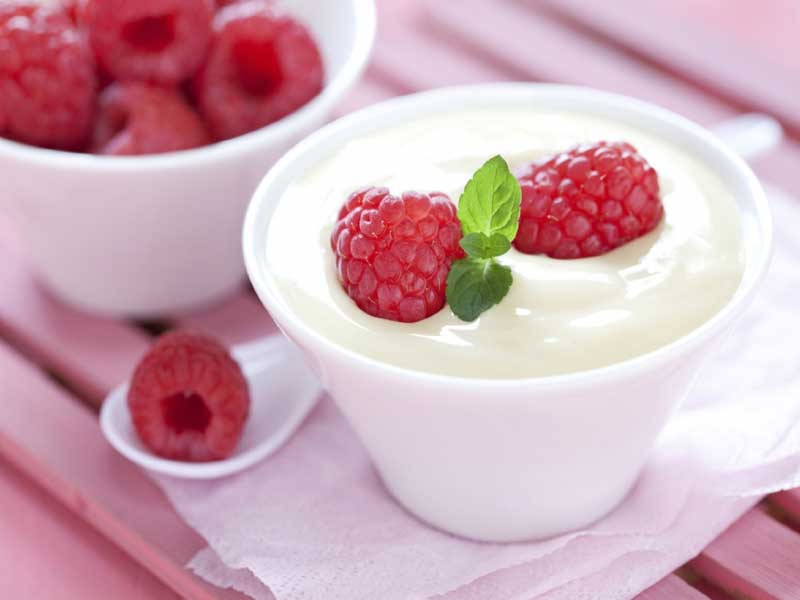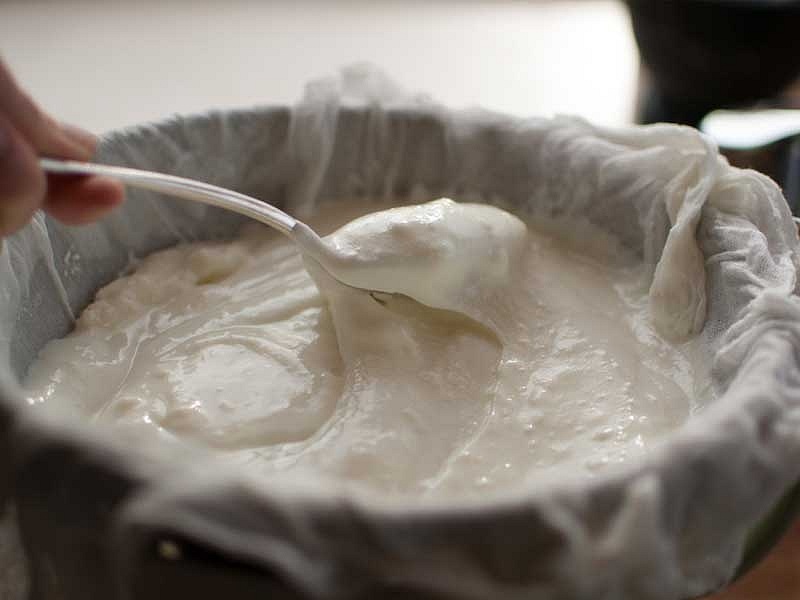Thick, creamy yogurt is all the rage and with good cause. Ever since my travels to Germany where I found myself, trudging zombie-like over hills, through hamlets, over church yards with 125 steps (each way) for my daily dose of quark I have been addicted to the stuff. Once home I tried to find a thicker yogurt to compare with the quark I had found but anything that lacked the usual slick, thin texture seemed to be pumped up with thickeners, powdered fats and fillers.
After spending many months scouring German and Greek websites I found the answer was quite simple, strain out some of the whey. This sounds easy and it is. Just pour the yogurt into butter muslin and hang until the desired thickness is achieved. Here are a few tips for success.
When using raw milk to make yogurt the good bacteria will fight, and always win against the good bacteria in the yogurt culture which is why heating your raw milk to 185 F will produce a somewhat thicker yogurt. If you want to keep your milk as raw as possible you have to be ready for some very runny yogurt. You will have to determine how many layers of butter muslin you will need to keep your yogurt contained. Most times two layers of a good muslin will work. When I make yogurt or cheese I usually use three gallons at a time and at eight pounds of milk per gallon I need a good strong hook. I line a large colander with the butter muslin and very gently pour in my cooled yogurt. The corners are tied and the yogurt is hung to drain. Be sure to stir the yogurt several times, gently scraping the sides of the butter muslin. Once the desired thickness is achieved place the yogurt, still in the muslin, back into the colander and transfer to a container. I like to mix up the yogurt to smooth out any lumps using a good whisk.
When I make our Greek style yogurt I usually end up with half yogurt, half whey but being able to adjust the thickness to your own taste is what makes this worth the work. Most “Greek” yogurt is thickened with stabilizers and gelatin but the real deal is strained, plain and simple.
The whey left over is filled with vitamins and minerals so don’t throw it out. You can used this highly nutritious liquid in bread making, cultured vegetables and smoothies. When soaking grains be sure to add two or three tablespoons of whey to the cooking water to assist in breaking down phytates.
Have fun and Bon Appetit!


